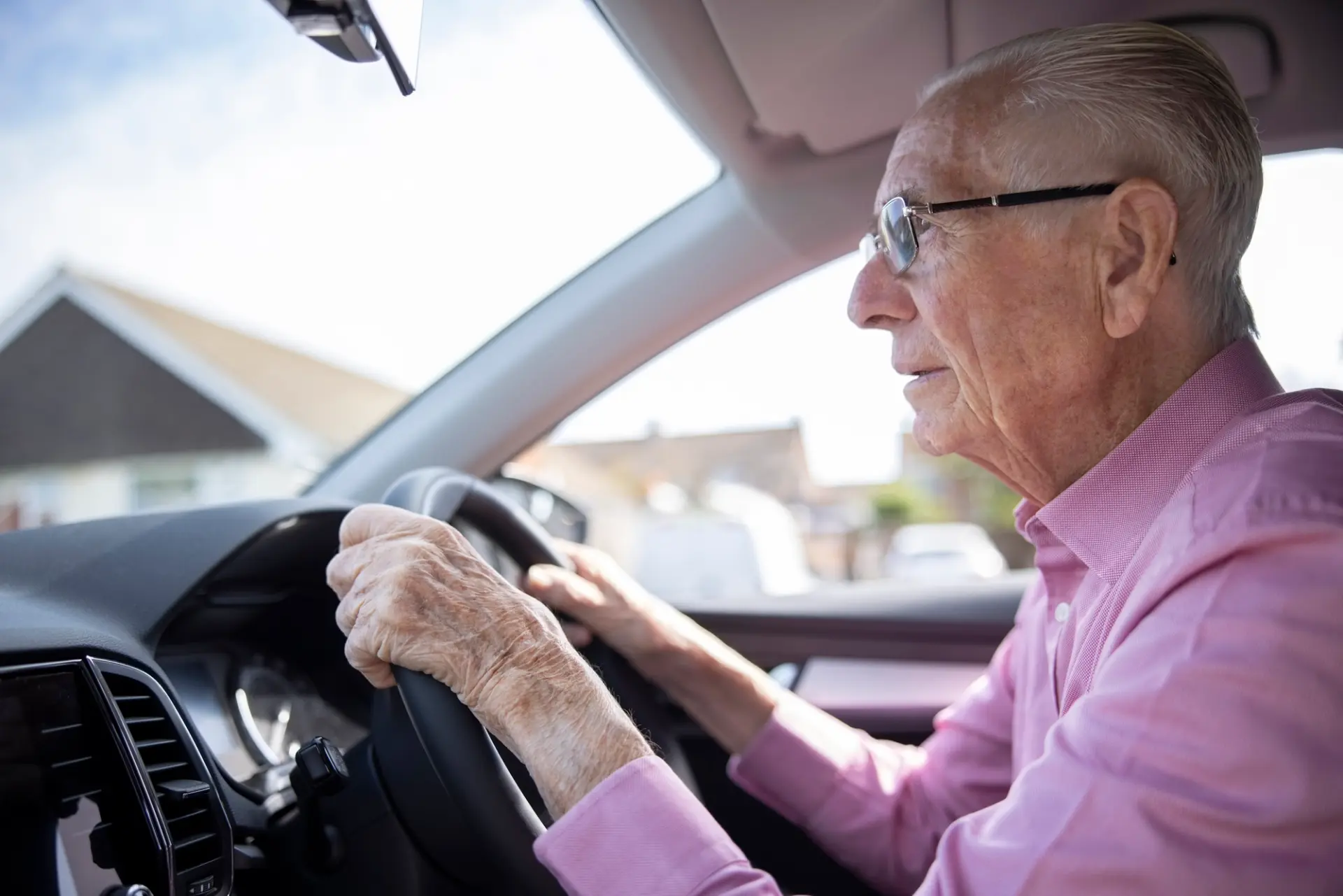If you’ve just been diagnosed, or you’re a Parkinson’s veteran, there may be terms you come across on the web in support groups. This is a short glossary of terms to help you find your way.
General
-
- PWP – A person with Parkinson’s.
- Parkie – A person with Parkinson’s, self-deprecating, humorous.
- Neuro – Neurologist, usually the main point of contact until diagnosed.
- MDS – Movement Disorder Specialist, a specialist who is a must-have with Parkinson’s.
- Neuropsychiatrist – A specialized doctor dealing with psychiatric disorders resulting from Parkinson’s.
- Young-Onset Parkinson’s – Cases in which Parkinson’s is diagnosed before the age of 50.
- Juvenile Parkinson’s – Cases in which Parkinson’s is diagnosed before the age of 21.
The Disease
-
- Parkinson’s – The disease, named after James Parkinson’s, after he published a paper in 1817 called “The Shaking Palsy”.
- Dopamine – The chemical, whose deficiency in the brain is involved with Parkinson’s.
- Tremor – A constant shaking or vibration, usually in the hands, and a common symptom in Parkinson’s.
- Rigidity – Tightness of muscles, anywhere in the body, but mostly in the extremities. A common symptom in Parkinson’s.
- Slowness – Movements characterized by slow movement in the body. A common symptom in Parkinson’s.
Symptoms
-
- Dyskinesia – Excessive movements of the body caused by long-term use of medication.
- Bradykinesia – The slow or impaired movements that prevent the body from moving on-demand (shuffled walking, dragging foot, masked face, etc.).
- Dystonia – A symptom causing the body to contort or muscles to contract involuntarily.
- Depression – A common non-motor symptom of Parkinson’s.
- Anxiety – A common non-motor symptom of Parkinson’s.
- Apathy – The lack of feeling, emotion, interest, or concern. Very common in Parkinson’s.
Treatments
-
- Sinemet or Carbidopa/Levodopa – the gold standard medication for Parkinson’s. Most patients start out with this before moving on to other treatments. The carbidopa breaks through the blood-brain barrier, allowing the levodopa to convert into dopamine in the brain.
- Amantadine – Anti-dyskinesia medication.
- Dopamine Agonists – A class of medication that mimics the effect of dopamine without being converted in the brain.
- DBS / Deep Brain Stimulation – An advanced surgery in which thin, metal leads are implanted into the deep brain and connected to a neurostimulator in order to alleviate Parkinson’s symptoms.
- L-Dopa or Duopa Pump – A device implanted into the stomach via the abdomen that delivers a continuous stream of liquid carbidopa/levodopa while bypassing the digestive system.
- Exercise – Incredibly important to help slow the progression. Cycling, walking, running, boxing, and weights are known to be best to slow the disease.
Related, but slightly different diagnoses
-
- Dementia with Lewy bodies
- Progressive Supranuclear Palsy (PSP)
- Essential Tremor
- Restless Leg Syndrome
- PLMD – Periodic Limb Movement Disorder
Dear Reader: We hope you enjoy the articles and other content on Parkinson’s Warrior, including our YouTube channel, our Facebook group, our app, and much more. If you would like to support us, please consider buying one (or all) of the Parkinson’s Warrior books, available from Amazon or by order at your local bookstore. We thrive when you thrive!
Nick Pernisco is the Parkinson’s Warrior, a person with Parkinson’s who has dedicated his life to helping others with Parkinson’s. Get the Parkinson’s Warrior book here. Join the discussion on Facebook.




